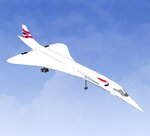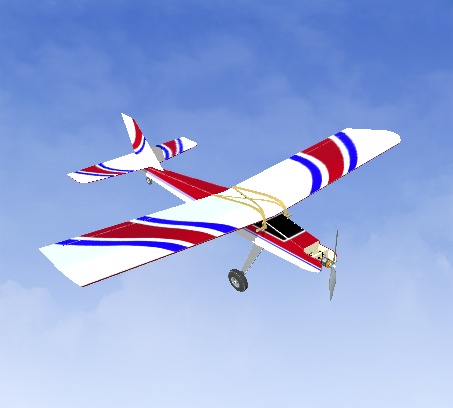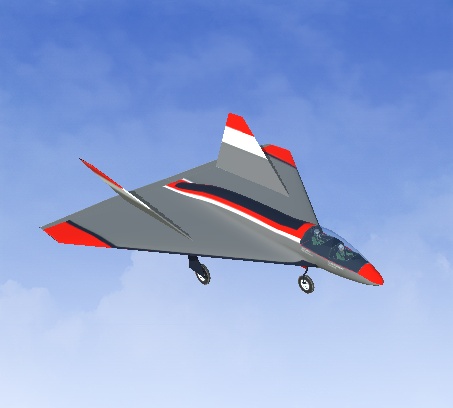Aérospatiale-BAC Concorde is a retired turbojet powered supersonic passenger airliner or supersonic transport (SST). It is one of only two SSTs to have entered commercial service; the other was the Tupolev Tu-144. The Concorde was jointly developed and produced by Aérospatiale and the British Aircraft Corporation (BAC) under an Anglo-French treaty. First flown in 1969, the Concorde entered service in 1976 and continued commercial flights for 27 years.
Concorde flew regular transatlantic routes in less than half the time of other airliners. With only 20 aircraft built, the development of the Concorde was a substantial economic loss. Concorde was retired in 2003.
A total of 20 aircraft were built in France and the United Kingdom. Six of these were prototypes and development aircraft. Seven were delivered to Air France and British Airways. The aircraft is regarded by many people as an aviation icon and an engineering marvel.
Various modifications and refinements for RF 7.5 provide realistic model flight characteristics.
Engine specifications upgraded to JetCat P200-SX parameters, and then a bit more thrust was added for good measure.
The usual flight controls along with retractable landing gear, flaps, brakes, droop nose.
There is a minor visual problem with the model in that the flaps don't visibly move, but the effects of the flaps are definitely there when activating using the Interlink controller rotary knob channel 6.
As per the real life Concorde, the nose of this aircraft is lowered for take offs and landings. For take offs, put the Interlink controller channel 8 three position switch in the position farthest from you. This switch position lowers the nose and deactivates the brakes.
For landing, put the Interlink controller channel 8 three position switch in the middle position. This lowers the nose and engages the brakes.
For flying, put the Interlink controller channel 8 three position switch in the position closest to you.
Fly with the rate switch in the “High” position.
This aircraft has a small delta wing, so more skill is required to fly and land it properly. Landing approach speed is quite high. With a bit of practice you should be able to properly plant the model onto the runway with a perfectly flared landing attitude.
Experienced pilots will find this a satisfying aircraft to fly.
Concorde flew regular transatlantic routes in less than half the time of other airliners. With only 20 aircraft built, the development of the Concorde was a substantial economic loss. Concorde was retired in 2003.
A total of 20 aircraft were built in France and the United Kingdom. Six of these were prototypes and development aircraft. Seven were delivered to Air France and British Airways. The aircraft is regarded by many people as an aviation icon and an engineering marvel.
Various modifications and refinements for RF 7.5 provide realistic model flight characteristics.
Engine specifications upgraded to JetCat P200-SX parameters, and then a bit more thrust was added for good measure.
The usual flight controls along with retractable landing gear, flaps, brakes, droop nose.
There is a minor visual problem with the model in that the flaps don't visibly move, but the effects of the flaps are definitely there when activating using the Interlink controller rotary knob channel 6.
As per the real life Concorde, the nose of this aircraft is lowered for take offs and landings. For take offs, put the Interlink controller channel 8 three position switch in the position farthest from you. This switch position lowers the nose and deactivates the brakes.
For landing, put the Interlink controller channel 8 three position switch in the middle position. This lowers the nose and engages the brakes.
For flying, put the Interlink controller channel 8 three position switch in the position closest to you.
Fly with the rate switch in the “High” position.
This aircraft has a small delta wing, so more skill is required to fly and land it properly. Landing approach speed is quite high. With a bit of practice you should be able to properly plant the model onto the runway with a perfectly flared landing attitude.
Experienced pilots will find this a satisfying aircraft to fly.







